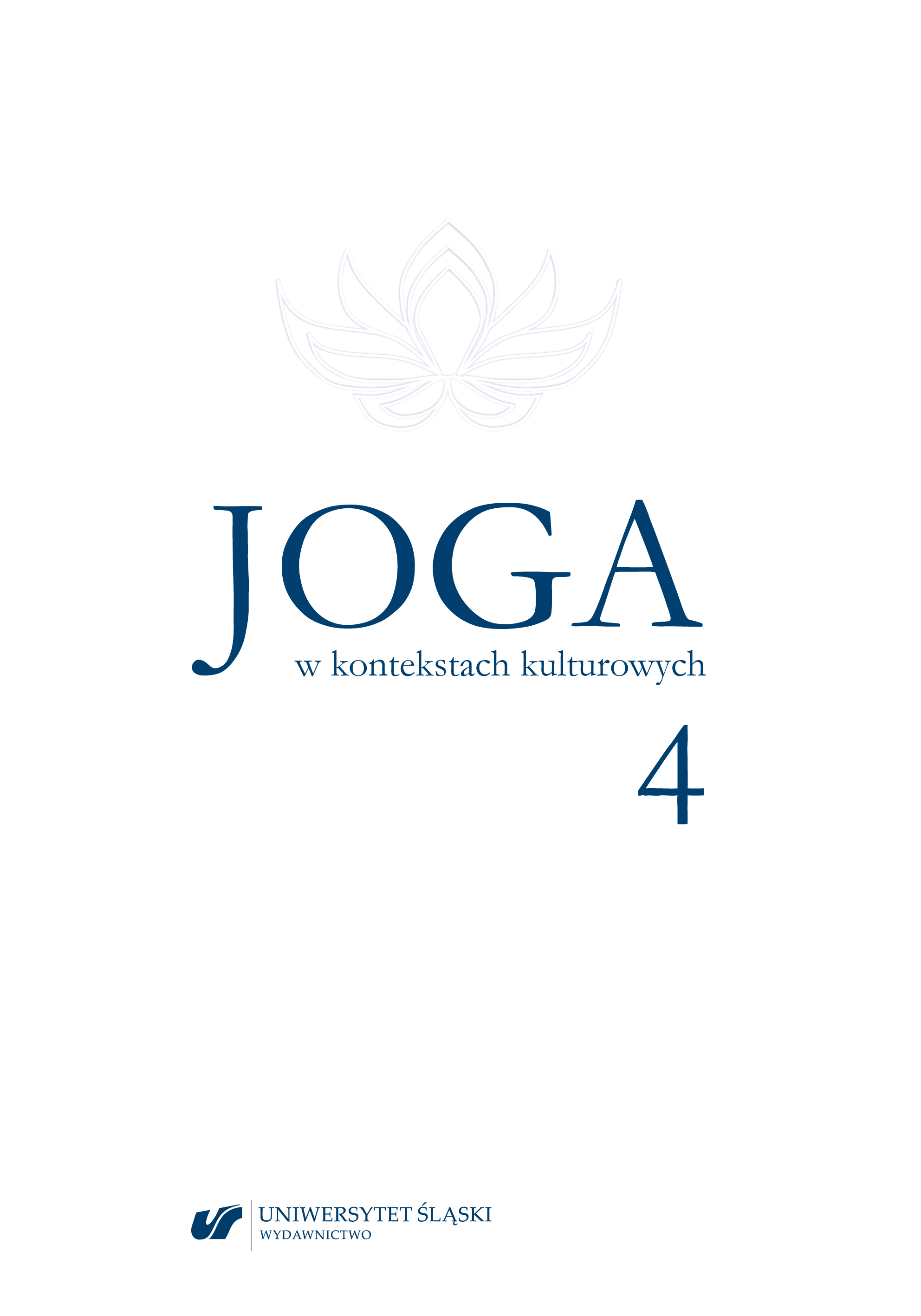Najstarsze obrazy: jogowie w kinie niemym
The earliest images: yogis in silent cinema
Author(s): Anna Gomóła
Subject(s): Cultural history, History of ideas, Culture and social structure , Film / Cinema / Cinematography, History of Religion
Published by: Wydawnictwo Uniwersytetu Śląskiego
Keywords: yoga; silent movies; German expressionism; „Der Yoghi”; „Das indische Grabmal”; Fritz Lang; Thea von Harbou
Summary/Abstract: This article focuses on two of the oldest films in which the figure of the yogi occupied a central position. The first of them is the film Der Yoghi (alternatively: Das Haus des Yoghi), filmed in 1916 and preserved only in fragments. Paul Wegener was the director, screenwriter and actor playing the two roles of the title yogi and his opponent. In the film, the yogi is the inventor of a magic drink that makes invisibility possible. The creator of the work, focused on recognizing the properties of the new medium, was interested in visualizing invisibility and not in presenting the figure of the yogi according to the accounts that were available to Europeans on the subject.
This was not the case with the monumental 1921 film Das indische Grabmal, directed by Joe May and with a screenplay by Fritz Lang and Thea von Harbou, author of a novel of the same title published in 1918. In the book, the story of the betrayed Raja and the oriental setting constructed through the references to the history of the Taj Mahal were important, while in the film an equal place was given to the recurring theme of the exceptional powers of Ramigani the yogi, whose primary goal was to bring about the spiritual transformation of the Raja. Bernhard Goetzke, superb as Ramigani, had a powerful effect on the audience: he evoked admiration as well as fear. He convinced the Europeans that the mysteries of the East were greater than they had supposed, and that the “miracles” and extraordinary powers of the yogis were only tools, not goals.
Book: Joga w kontekstach kulturowych 4
- Page Range: 57-77
- Page Count: 21
- Publication Year: 2021
- Language: Polish
- Content File-PDF

